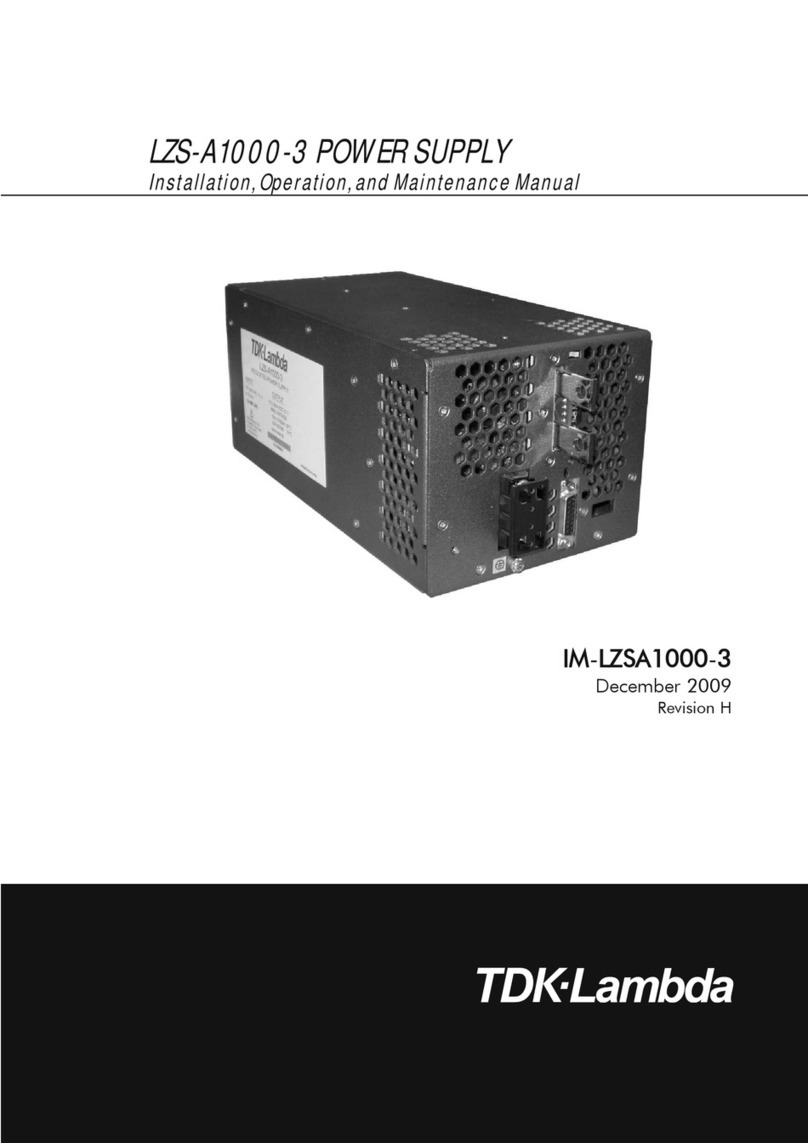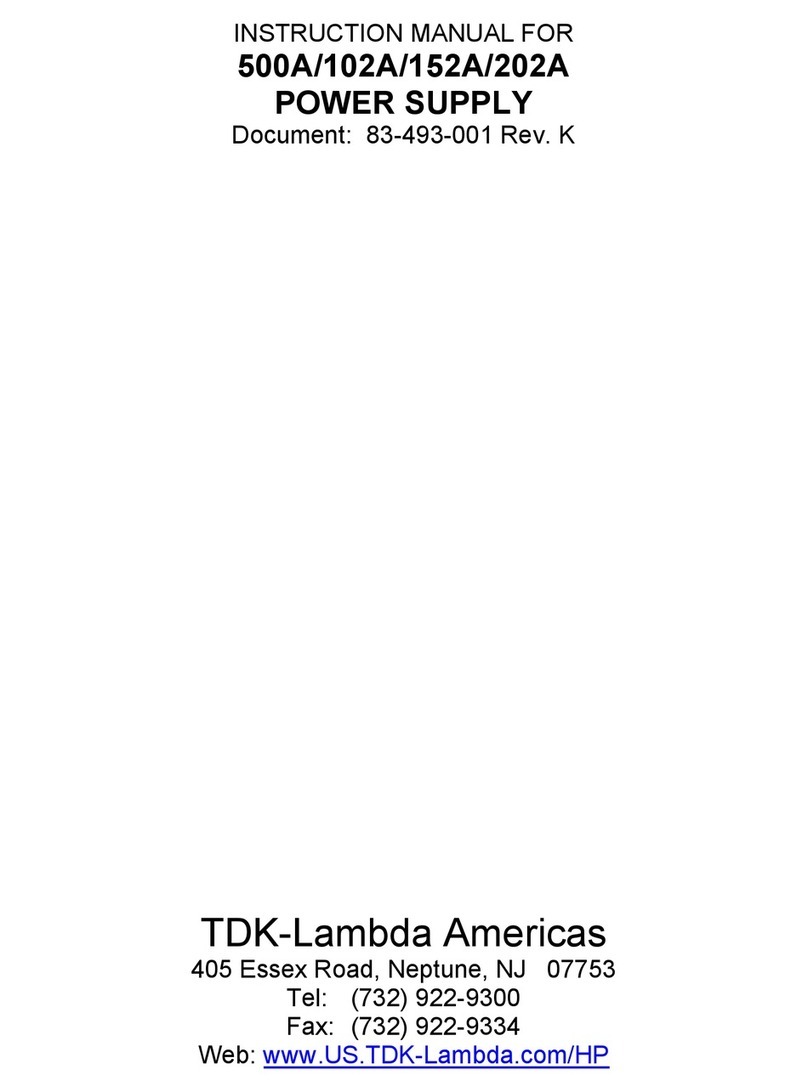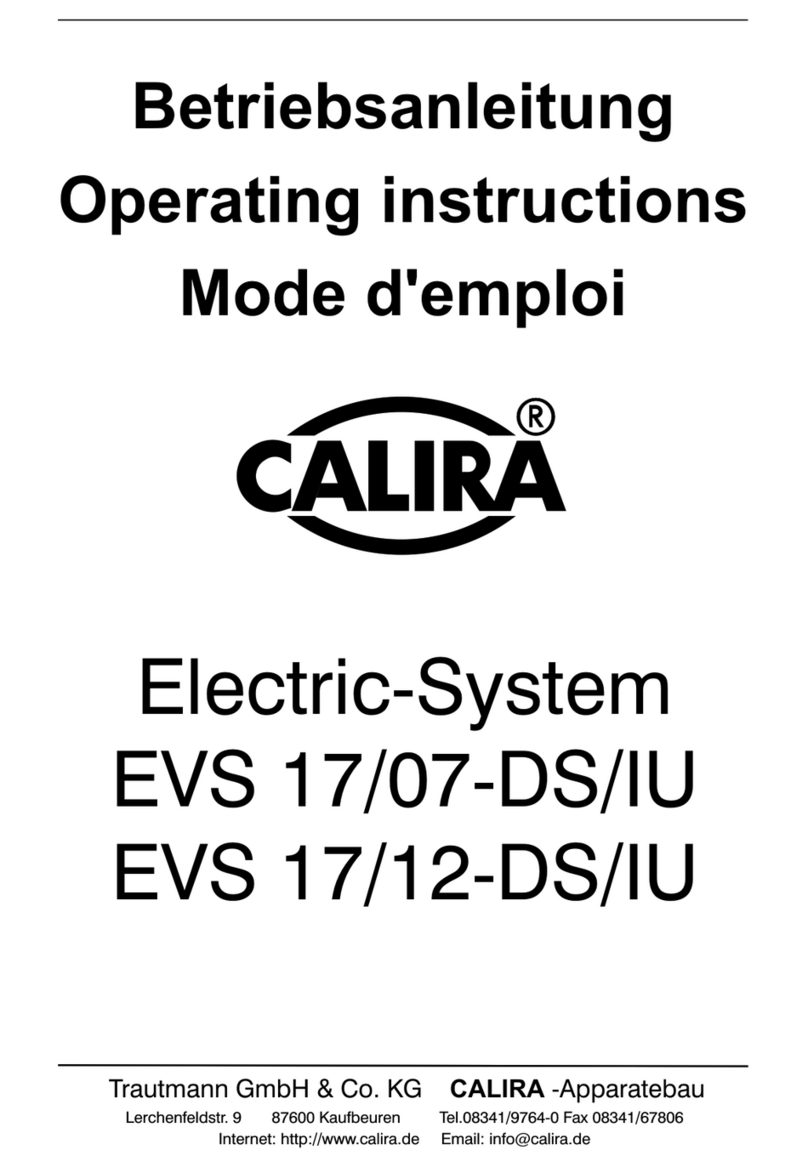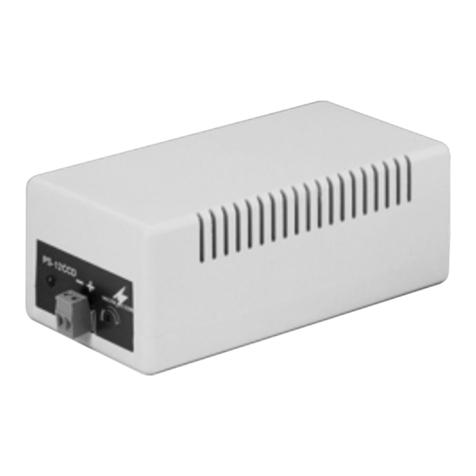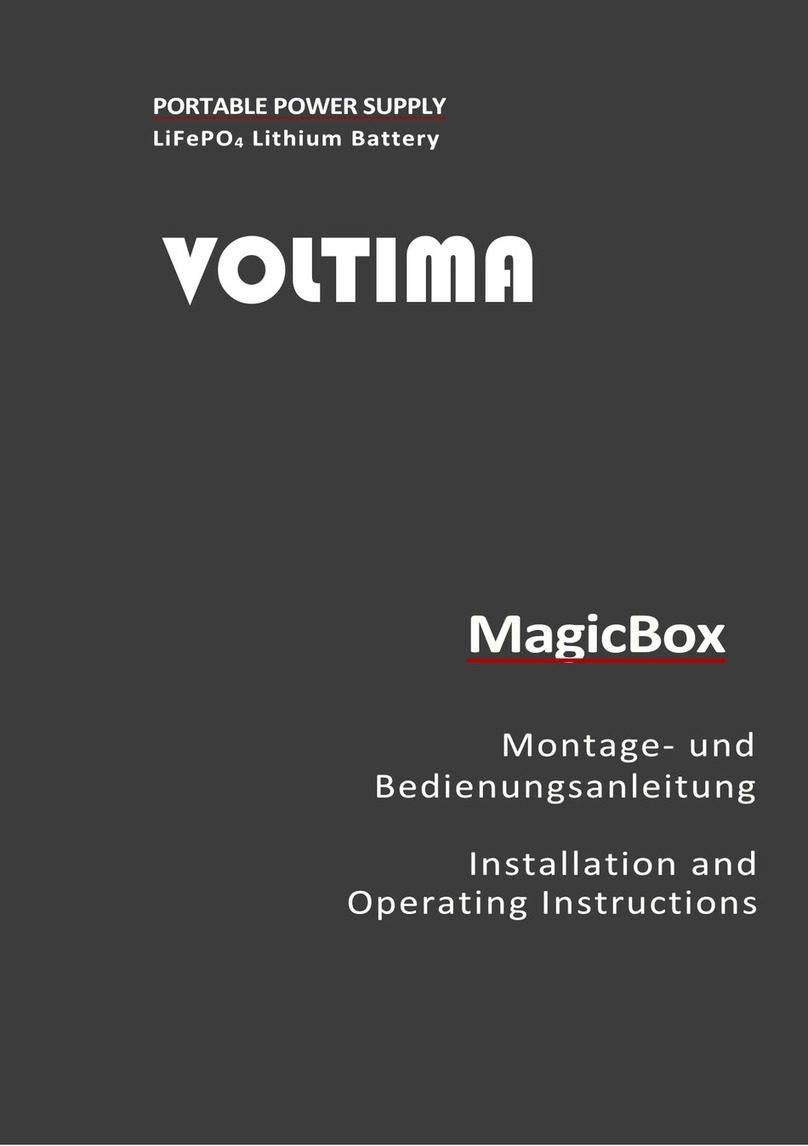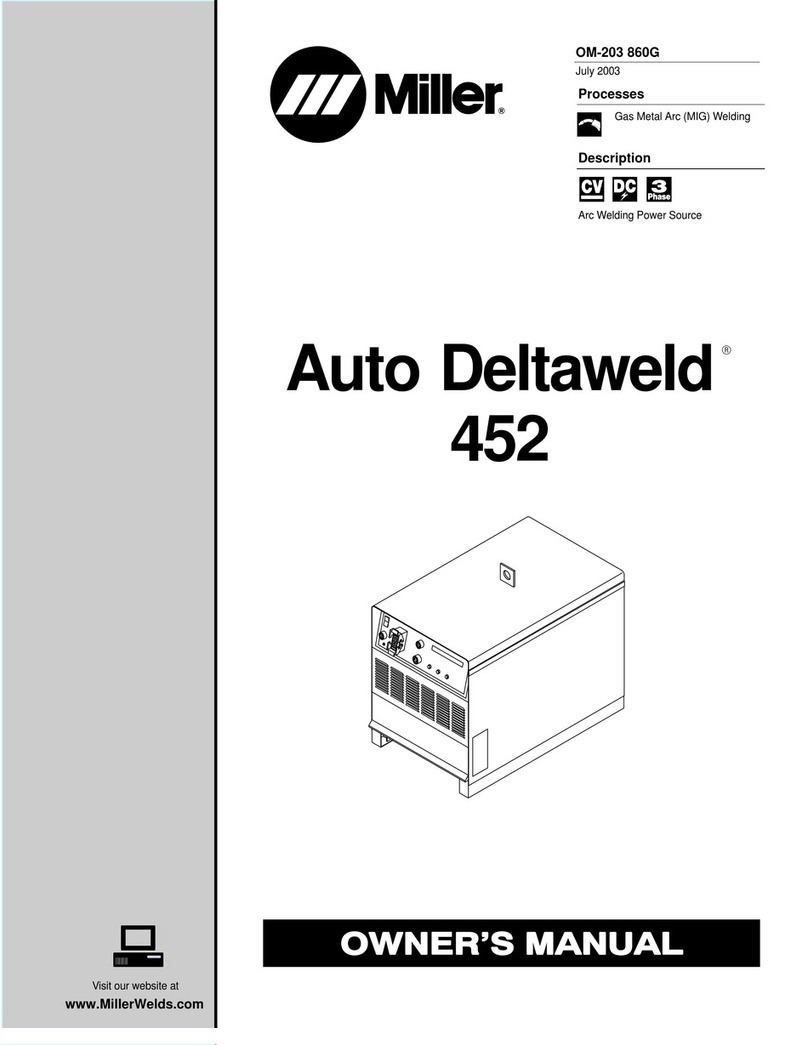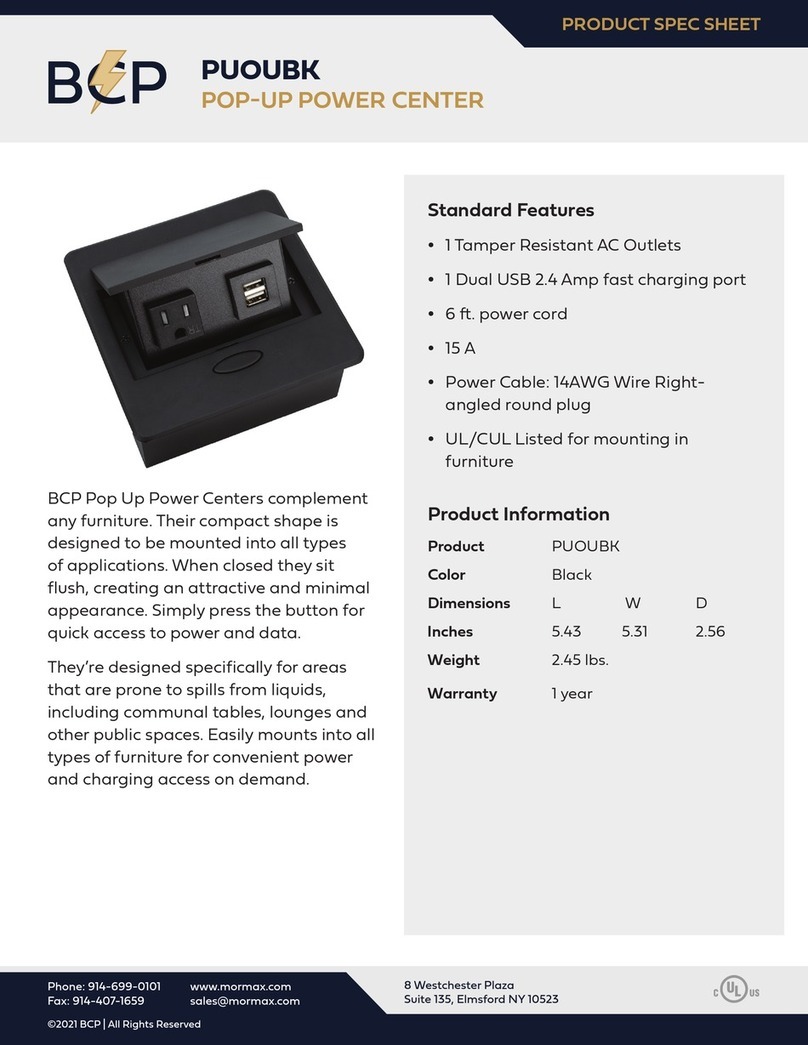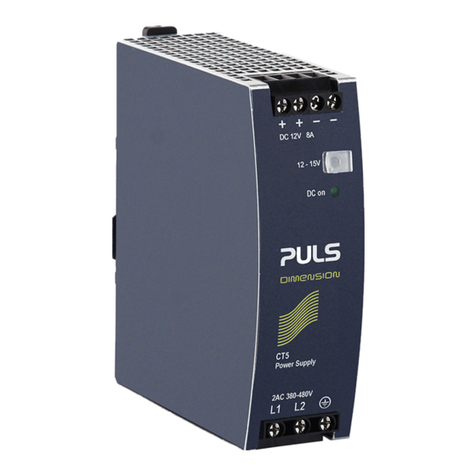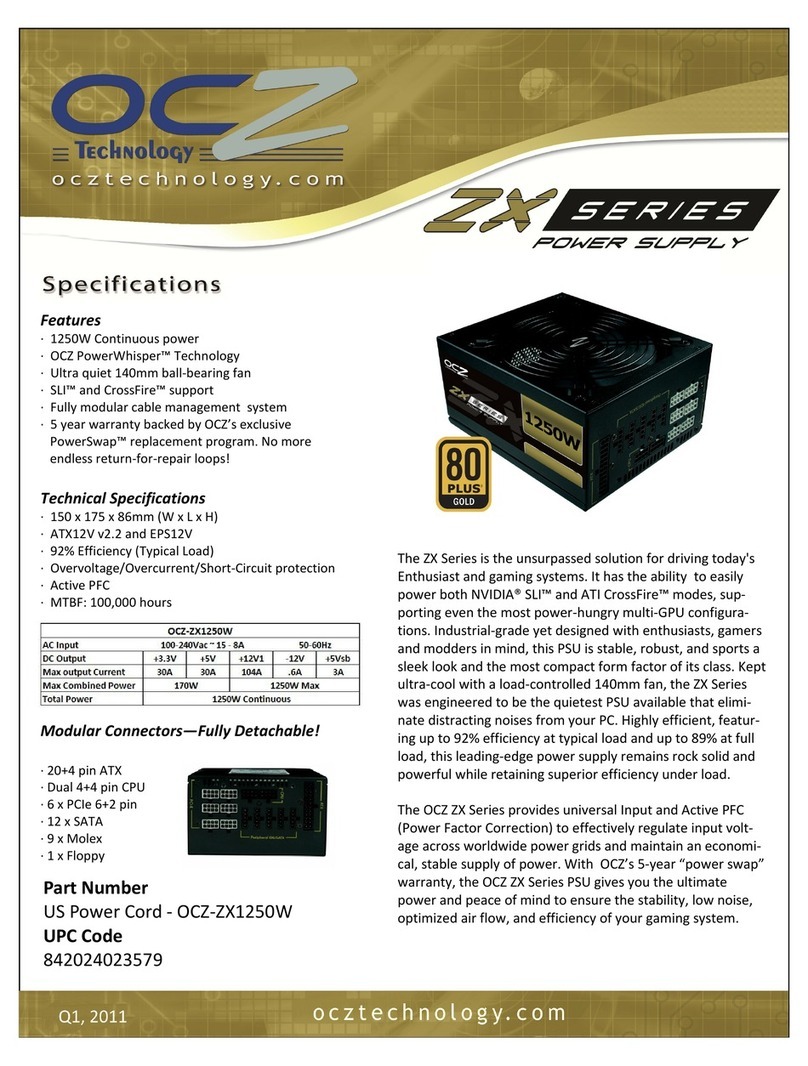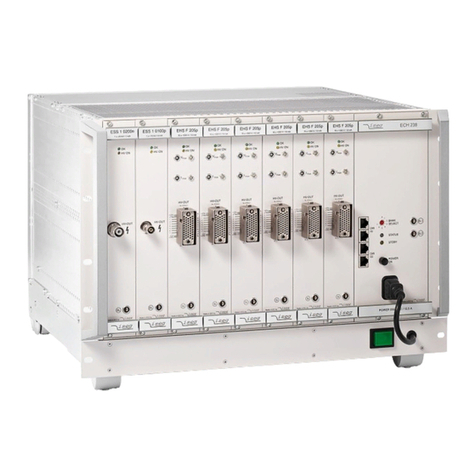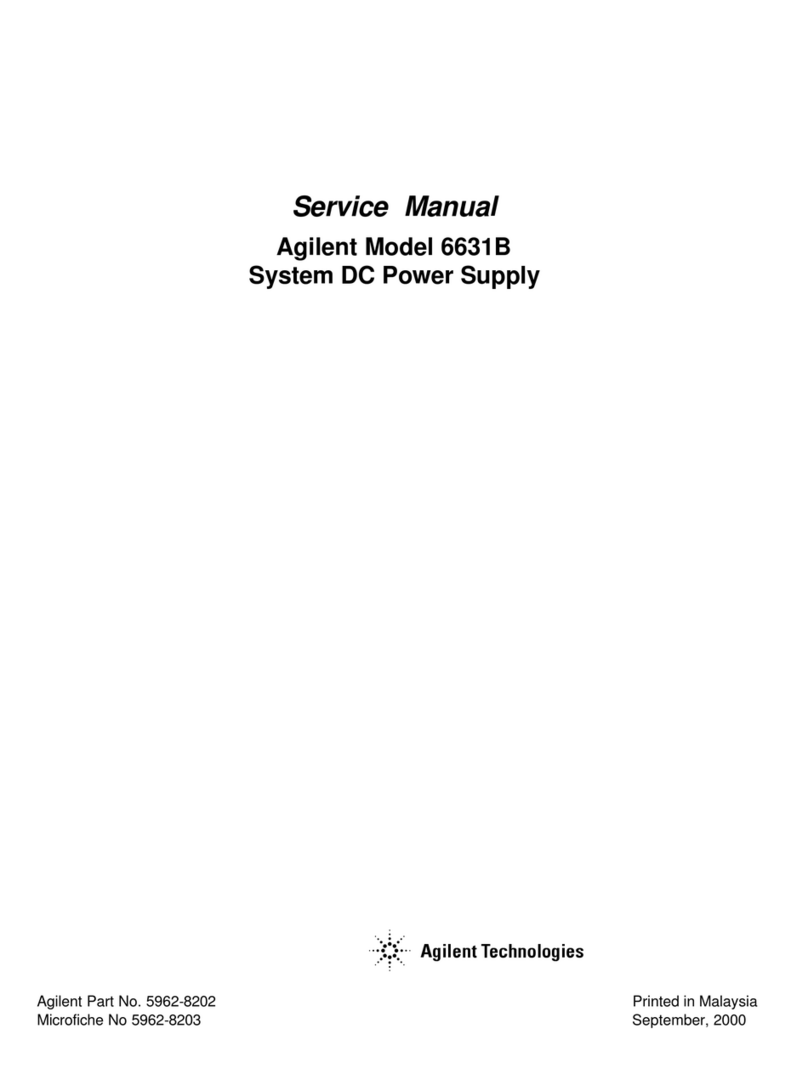
Safety precautions
Operation
1. Before using this product, please read "safety precautions" carefully to ensure correct and
safe use, and please keep the manual properly.
2. During operation, please pay attention to all warning signs and operate as required.
3. Do not use the device in direct sunlight, rain or the humid environment.
4. This equipment should not be installed near the heat source area or similar equipment such
as electric heater and hot stove.
5. A safe distance and ventilation should be reserved around the UPS. Please refer to the
manual for installation.
6. Please use dry cleaning tools for wiping or cleaning the UPS.
7. In case of fire, please use the dry powder extinguisher correctly. There is a risk of electric
shock if a liquid fire extinguisher is used.
Electrical safety
1. The battery life is shortened with the increase of ambient temperature. Regular battery
replacement can ensure the UPS to work normally and provide sufficient backup time.
2. Battery maintenance can only be carried out by personnel with battery expertise.
3. There is a risk of electric shock and short circuit in the batteries. To avoid personal injury
caused by electric shock, please observe the following warnings when replacing batteries:
A. Do not wear watches, rings or similar metal objects;
B. Use insulated tools;
C. Wear rubber shoes and gloves;
D. Do not place metal tools or similar parts on the battery.
E. Disconnect the load from the batteries before removing the battery connection terminal.
4. Please do not expose the battery to the fire for avoiding explosion and endangering the
safety of life.
5. Non-professionals should not open or damage the battery, because the electrolyte in the
battery contains dangerous substances such as strong acid, which can cause harm to the skin
and eyes. If you accidentally touch the electrolyte, immediately wash it with plenty of water
and go to the hospital for examination.
6. Please do not short-circuit the positive and negative poles of the battery, which may cause
electric shock or fire.
Use and maintenance
1. The use environment and preservation method have influence on the service life and
reliability of this product. Please do not use it in the following working environment:
A. High, low temperature and humid places exceeding the technical
specifications(temperature 0-40℃, relative humidity 20%-90%).
B. Places with vibration and vulnerable to collision.
C. Places with metal dust, corrosive substance, salt and combustible gas.
2. If it is not used for a long time, the UPS(without battery) must be stored in a dry
environment at the temperature range: -15-60℃. Before starting UPS, the ambient
temperature must be warmed to 0℃above and maintained for more than 3 hours.


